#FlashbackFriday: The Exchange’s Connections to President Kennedy
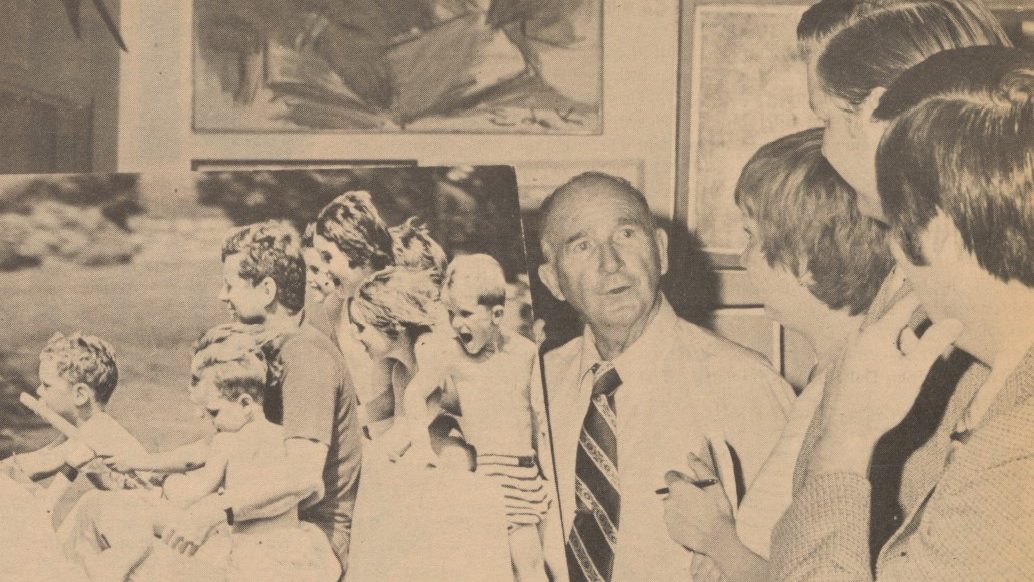
Sixty-one years ago today, on Nov. 22, 1963, President John F. Kennedy was assassinated in Dallas. The anniversary inspired Flashback Friday to take a look at the Exchange’s connections to the president.
Although Exchange Post archives have photos of the president at military installations, it’s unclear whether JFK visited an Exchange during his stops. But there are some links.
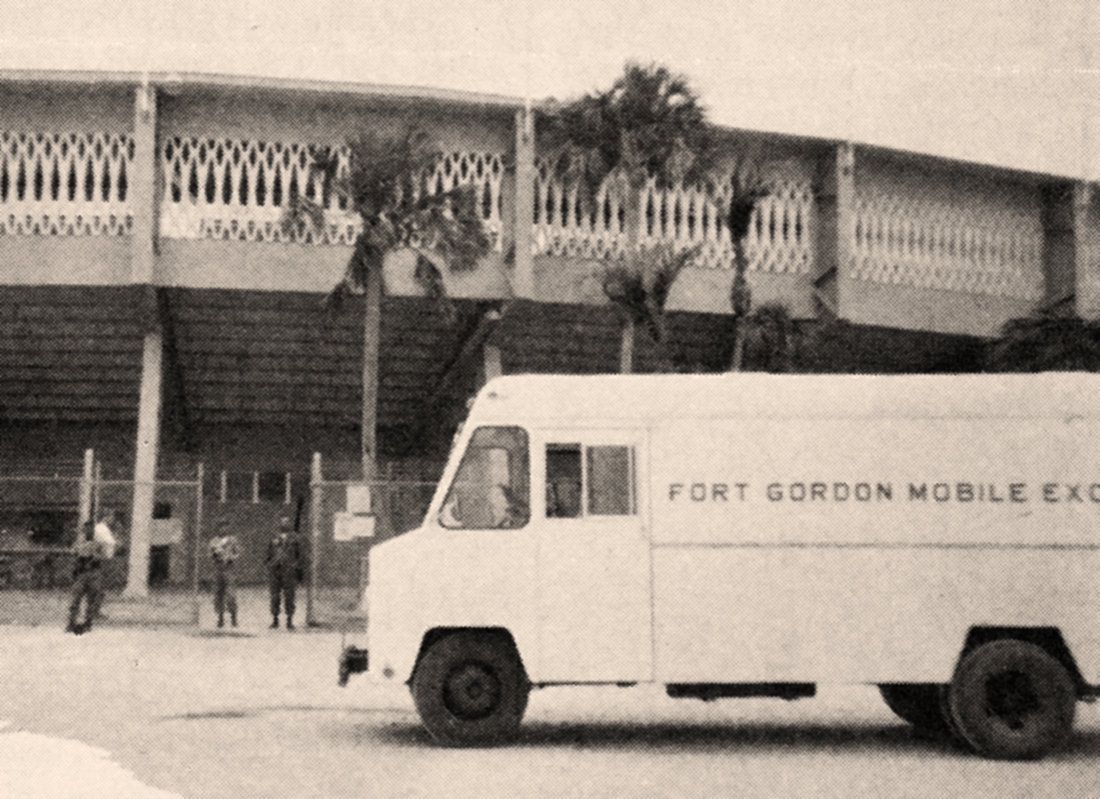
One of the strongest connections came during the Cuban Missile Crisis. After an American U-2 spy plane secretly photographed nuclear missile sites being built in Cuba by the Soviet Union, President Kennedy placed a naval blockade around Cuba to prevent the Soviets from bringing in more military supplies. He demanded the removal of the missiles already there and the destruction of the sites. During a 13-day standoff beginning in October 1962, the closest the Cold War came to escalating into a full-scale nuclear war, Kennedy deployed thousands of American forces to installations in Florida. The Homestead AFB Exchange, about 35 miles south of Miami, responded by expanding services, adding four direct outlets and five mobile units that operated around the clock. Key personnel from exchanges at Forts Bragg, Benning and Gordon (now Forts Liberty, Moore Eisenhower), and from Shaw Air Force Base, assisted Homestead during the expansion, which lasted into November. The Benning and Gordon PXs also sent mobile units (such as the Gordon unit pictured above), vehicles and other equipment. Homestead’s support continued nearly nonstop through November 1962, including on Veterans Day and Thanksgiving.
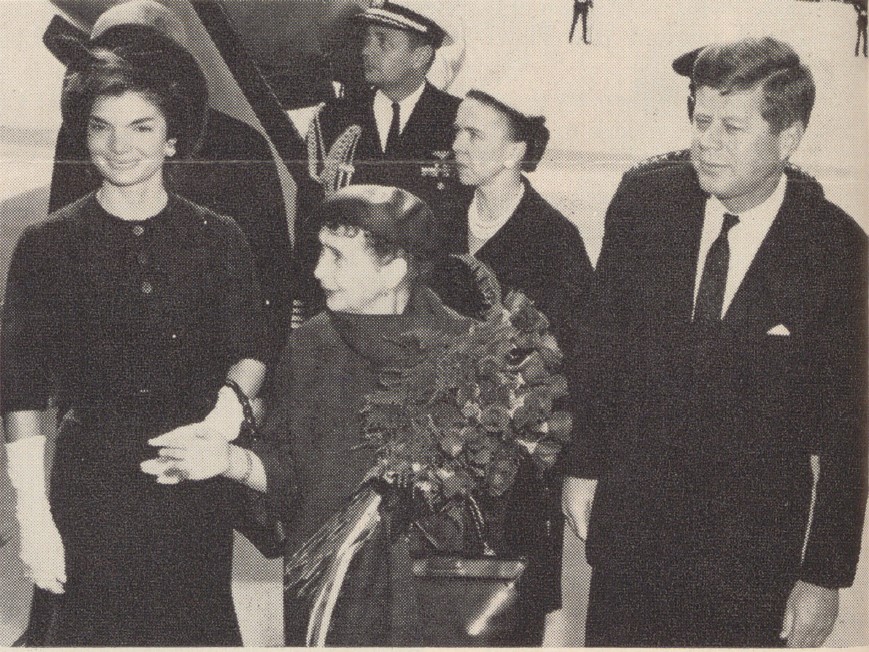
From the February 1963 edition of the Exchange Post: President Kennedy and First Lady Jacqueline Kennedy greet Mrs. Urho Kekkonen, wife of Finland’s president, at Andrews Air Force Base. The photo accompanied a story about the history of the base, known as “The Aerial Gateway to the Nation’s Capital,” and how the Exchange supported the base, now known as Joint Base Andrews.
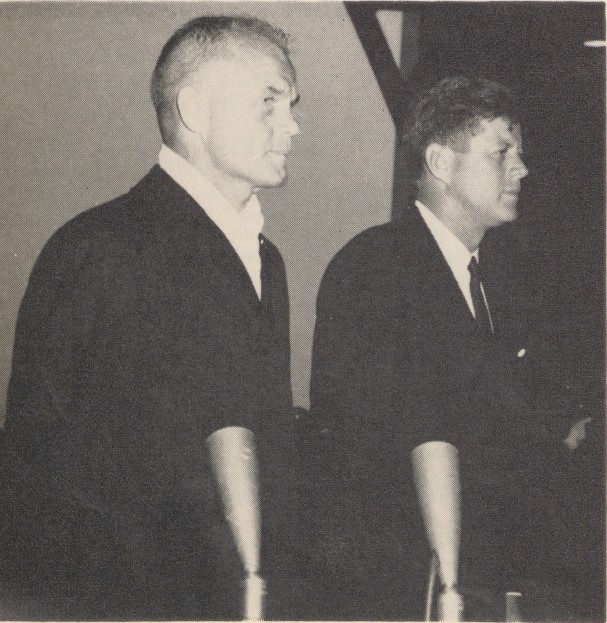 Also accompanying the February 1963 article about Andrews: President Kennedy with astronaut (and future U.S. senator) John Glenn, the first American to orbit the Earth, during an Andrews visit.
Also accompanying the February 1963 article about Andrews: President Kennedy with astronaut (and future U.S. senator) John Glenn, the first American to orbit the Earth, during an Andrews visit.
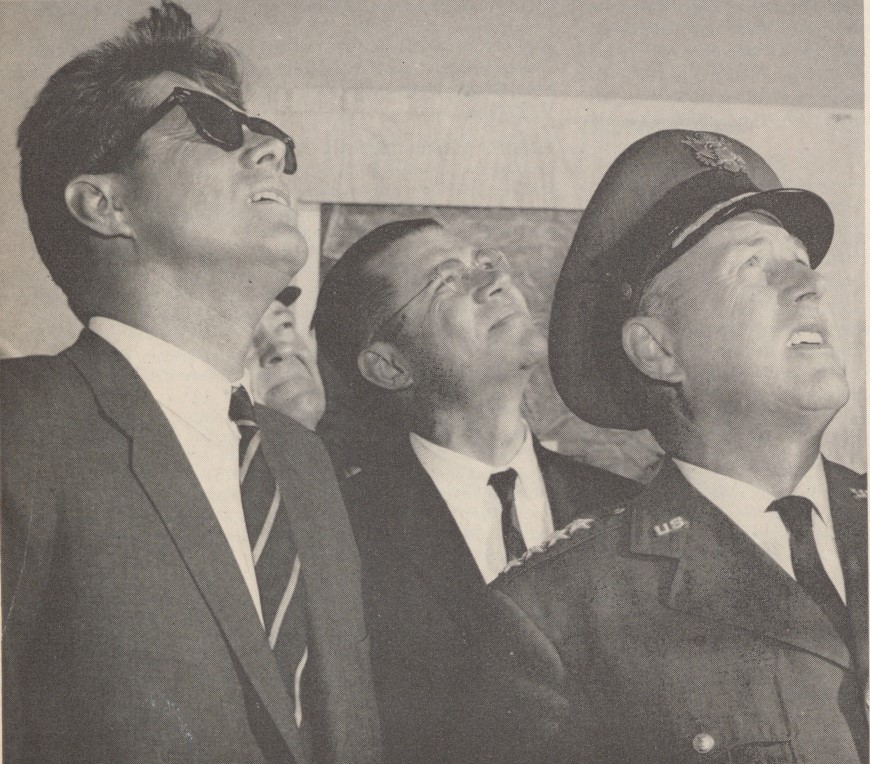
From the September 1963 Exchange Post: President Kennedy, Defense Secretary Robert S. McNamara and General Thomas S. Power, commander in chief of Strategic Air Command, during a missile launching at Vandenberg Air Force Base. The photo accompanied a story about the Exchange’s support for the base and about the base’s history. Established as the Camp Cooke U.S. Army garrison in August 1941, the installation property was transferred in 1957 to the U.S. Air Force and was redesignated Vandenberg AFB in 1958. It was soon transformed into the nation’s West Coast space and missile facility, which was renamed Vandenberg Space Force Base in May 2021.
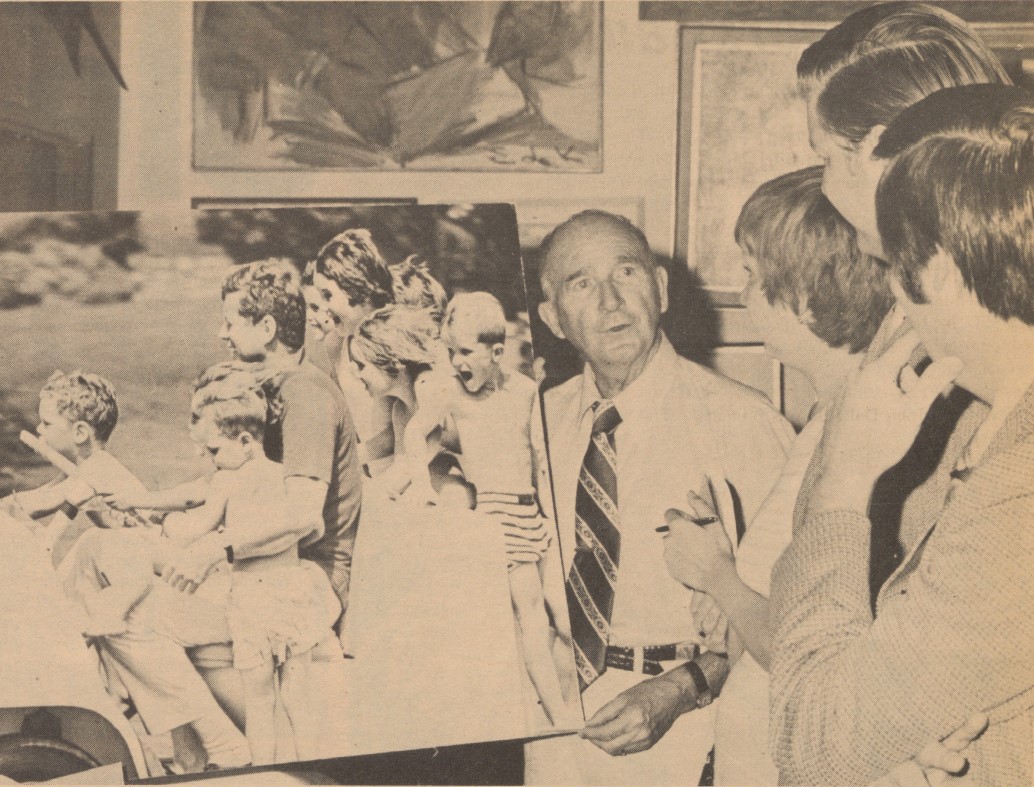
One of the more unusual Exchange connections to President Kennedy, from the August 1975 Exchange Post: John F. Kennedy Memorial Library Curator Dave Powers, shown holding a photo of the president and his family, explains to New England Area Exchange associates Dorine Naparstek, Dennis C. Daniel and Louis M. James that surplus AAFES furnishings are being used to store the Kennedy memorabilia until the library is constructed. Lyle Clevenger, New England Area equipment and facilities manager, had provided the more than 100 “low-boy” fixtures and showcases to the General Services Administration for appropriate disposal. He and the Exchange team were surprised to hear of the library purchase. Although plans for a Kennedy library had been discussed as early as 1961—and Kennedy had chosen a site near Harvard University in Cambridge, Massachusetts, a month before his death—the project underwent multiple delays and ultimately a site change from Harvard to a site overlooking Dorchester Bay and the Boston skyline. The library wasn’t dedicated until Oct. 20, 1979.

This simple tribute ran in the December 1963 Exchange Post, published days after the president was assassinated.





